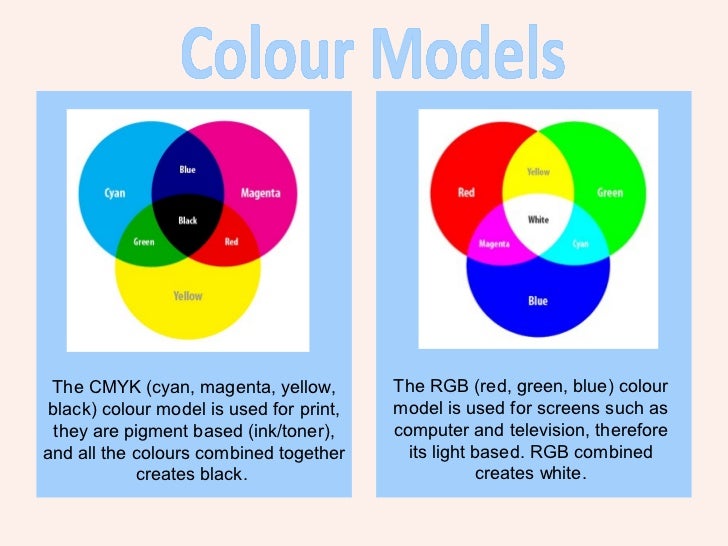
If one heading is bigger than another, then we assume the bigger heading is more important. In this case, of shape, color and texture.Įach of these things communicates something about the element.

For example, what color is the element? How big is it? What shape is it? These elements have different primitive features. Primitive features are the intrinsic characteristics or attributes that an element might have. How do you show contrast and similarity between elements? The answer lies in the primitive features of the elements. “ Design Principles: Space and the Figure-Ground Relationship”.“ Design Principles: Visual Perception and the Principles of Gestalt”.
COLOR AS ELEMENT OF DESIGN SERIES
Note: This is the third post in a series on design principles. If the elements are different, then they should look different. If two elements are related in some way, then they should show similar visual characteristics. Key to showing both is the visual characteristics of elements and their relationships. We’ll also want to show that some elements are different and belong to different groups.

Based on the information they carry, we’ll want some elements to look similar, to indicate that they are related in some way.

Similarity and contrast, connection and separation, grouped and ungrouped are all ways to describe the varying sameness and difference between elements. Changing one means also changing the other. You’ll always see some of both because neither exists without the other. They are used in varying degree and in combination. Contrast and similarity have different functions.


 0 kommentar(er)
0 kommentar(er)
